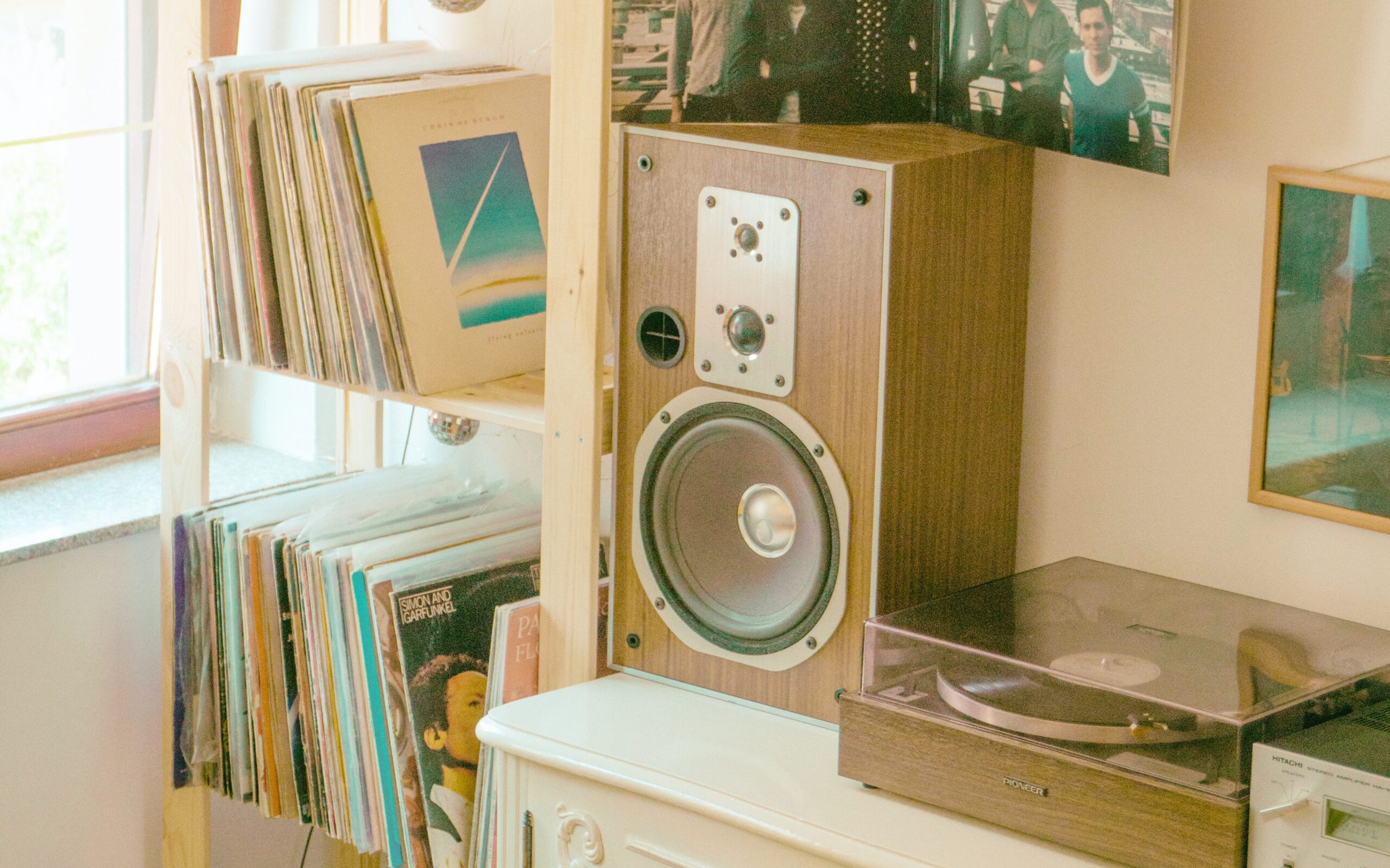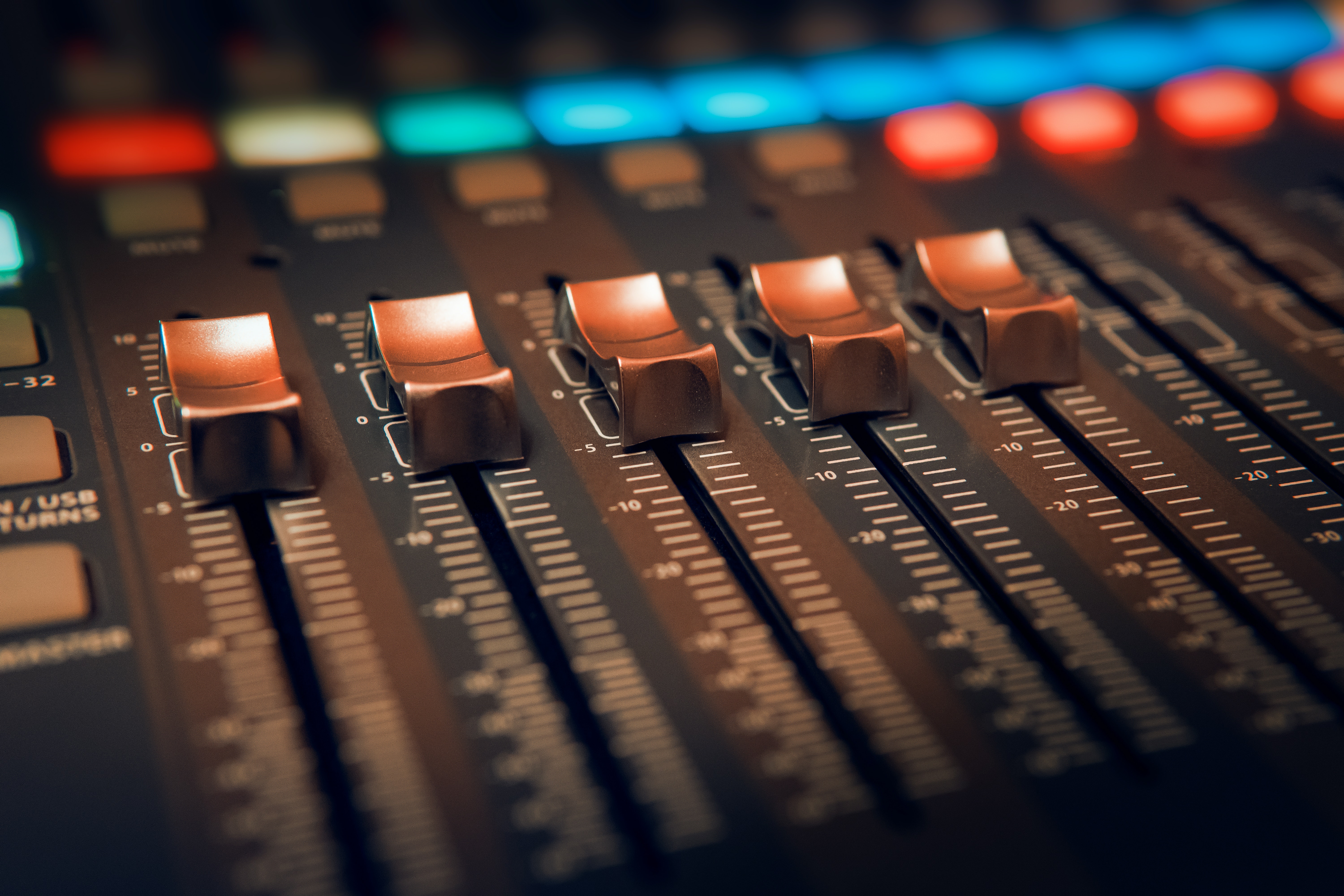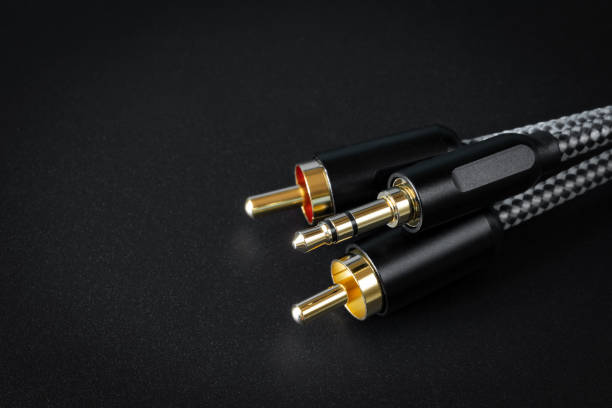Connecting your turntable to your speaker is a great way to enjoy the music you love in a whole new way. But, occasionally, people work on how to accomplish it because of how difficult it can look. In this article, we’ll break down the steps so that you can connect your favorite vinyl player. How to Connect a Turntable to the Speaker?
Connecting a turntable to the speaker is not an easy process. However, in this article, you will learn how to connect a turntable to your stereo or speaker system.
Let’s Start!
How to Connect a Turntable to the Speaker?

You’ve decided to get into vinyl, and you’re all in. The first step is to take a deep breath and forget about your iPhone playlist. We’ll show you how to connect your record player speakers so you can start listening to your new vinyl right away!
If you are curious about a better-detailed explanation about setting up your turntable for sound, keep reading!
WHAT things do you need to connect to turnable To the speaker:

Now that you have your audio equipment set up and ready to go, it’s time to start learning how to use it! Before listening, let’s review some basic terminology for your particular setup. This way, you’ll know exactly what each part of your equipment does and how it affects the sound you hear.
Turntable:

The audio emanates from the turntable. You will not hear any sound without the tonearm tracking the ideal grooves and converting them into an electrical signal.
What makes a turntable so important is that the one thing in your audio setup directly interacts with the music itself. The needle or tonearm reads the physical grooves in the record and translates it into an electrical signal, amplified by your speakers. This makes it the most important part of your system, as you wouldn’t be able to hear anything without it!
Amplifier:

The amp is a device that helps to convert the signal from your preamp into one that your speakers can understand. This process is known as amplification, which is an important part of ensuring that your audio system sounds its best.
Speakers:

Now it’s time to get into the nitty gritty – the turntable speaker! If you were wondering, do turntables need speakers? The answer is yes. You must be aware of the two types of speakers: active and passive.
Active speakers are an easy type of speaker to set up. They have an amplifier built-in and only need to be plugged into the work. They’re willing to go straight out of the package, as the name suggests.
Passive speakers are a great choice for those who want to avoid the hassle of an additional amplifier. These speakers can be directly connected to an amp or receiver, making them a great choice for those who want simplicity and ease of use.
Receiver:

A receiver is a machine that accepts radio calls and transforms them into sound. But if you’re unfamiliar with receivers, they are the center of your entertainment and audio systems. They show most, if not all, of the input and output connections and allow for simple switching between them.
RCA cables:

There are two types of cables in audio equipment: power and signal. A common connector is a thick wire with one red and one white connection at the end. It connects to the input and output ports.
Turntables with a built-in amp and active speakers:
If you’re new to vinyl, you’ve made an excellent choice by getting a turntable with a preamp and speakers with amps. Don’t worry if you don’t have time to build your perfect system immediately; as you become more familiar with turntables and speakers, you’ll have more time.
Connect your turntable to speakers using an RCA cable, and let the music flow!
Turntables without a built-in amp and functional:
If you’re utilizing RCA cords, use two rather than just one. You must join them in any special charge, but ensure the links are right before turning on the power.
Use one RCA cable to connect your turntable to your preamp. Then, connect one set of RCA cables from the preamp to the speakers.
A grounding wire helps prevent any buzzing or feedback noise. Connect the grounding wire from your turntable to the preamp and then relate another wire from the speakers to the preamp. If your turntable didn’t have a grounding wire, you could purchase one for about £10 online.
Turntables with a built-in preamp, receiver, and inactive:
When you require a fast and straightforward design for your turntable, you can bypass the preamp and use your receiver instead. This will allow you to use your speakers with other devices. You will only need one RCA cable for this typical turntable setup. Let’s get started!
Use an RCA cable to attach the turntable to the receiver.
Use the speaker wire to connect the speakers to the receiver.
Attaching a turntable to a Bluetooth orator without a built-in preamp:
Even if your older turntable doesn’t have a built-in preamp, you can still play music from your turntable to your Bluetooth speaker.
You will require an RCA cable to secure your turntable to a Bluetooth speaker. First, connect the RCA input side of the cable to the preamp, and then connect the 3.5mm side to your Bluetooth speaker. Next, join the speaker to the preamp using the speaker wire. Remember that even though you have “wired” your wireless speaker, the Bluetooth compression will lose sound quality.
Turntables with a preamp, receiver, and inactive:
If you’re examining your turntable’s most suitable sound rate, this is one of the more complicated setups. For this last part, you’ll need two teams of RCA links. We know it appears like a lot, but charge us – it’s worth it in the end!
This deluxe system will allow you to easily upgrade your equipment as you desire for better sound. Here’s how to go about it:
To connect your turntable and preamp, use one set of RCA cables. Then, use another set of RCA cables to connect the preamp to the receiver.
Bond a floor wire from the turntable to the preamp to avoid buzzing or feedback racket. Then other, from the receiver to the preamp.
Model around and unwind, you tech-head:

You’ve already started setting up your new stereo system (or planned it out), so now you can sit back, relax, and appreciate your famous LP. Nobody likes a fine turntable setup when attending to harmony in your house. With your turntable, you can choose the perfect settings for playback to enjoy your music the way it was meant to be heard.
CONCLUSION:
Now that you understand how to secure a turntable to the speaker, you can appreciate your vinyl collection without trouble. This straightforward procedure can be accomplished in just a few minutes and is easy sufficiently for anyone to do. So get out your turntable and speakers and enjoy some great music!
There you have it! Nowadays, you understand how to secure a turntable to the speaker. This process is not difficult, but it is important to follow the instructions carefully, so you do not damage your equipment. With a smallish tolerance and awareness to the point, you will be spinning vinyl records in no time. Thanks for reading!
FAQs:
What do I need to connect my turntable to the speaker
To connect your turntable to the speaker, you’ll need a few essential items: a turntable with a built-in preamp or an external phono preamp, RCA cables, and powered speakers or an amplifier and passive speakers.
Does my turntable have a built-in preamp?
Some turntables come with a built-in preamp, while others require an external one. Check the specifications or manual of your turntable to determine if it has a preamp.
How do I know if I need an external phono preamp?
If your turntable does not have a built-in preamp or if you are using passive speakers, you will need an external phono preamp to boost the signal from the turntable and make it compatible with your speakers.
Can I connect the turntable directly to powered speakers?
Yes, if your turntable has a built-in preamp, you can connect it directly to powered speakers using RCA cables.
How do I connect the turntable to the speakers?
If you have a turntable with a built-in preamp, use RCA cables to connect the turntable’s RCA output to the RCA input of your powered speakers. If your turntable requires an external preamp, connect the turntable’s RCA output to the preamp’s input, and then use another set of RCA cables to connect the preamp’s output to the speakers.
